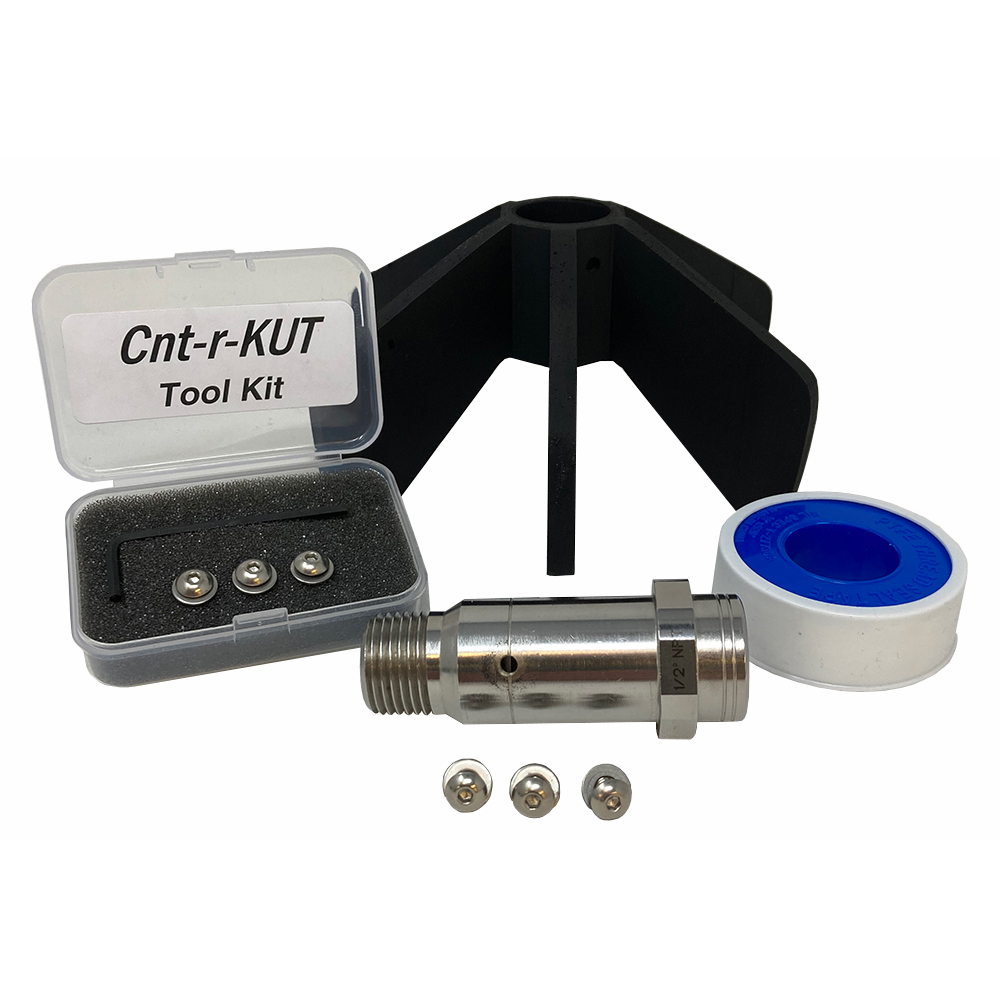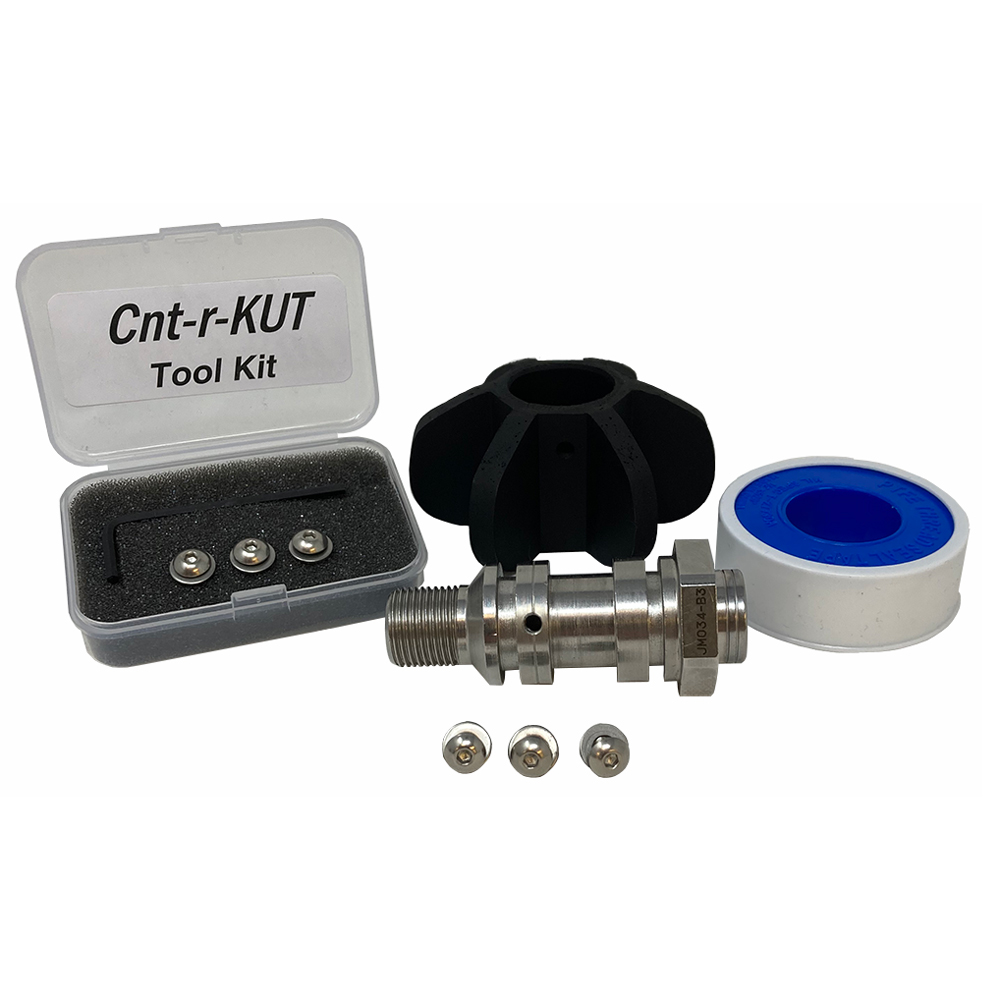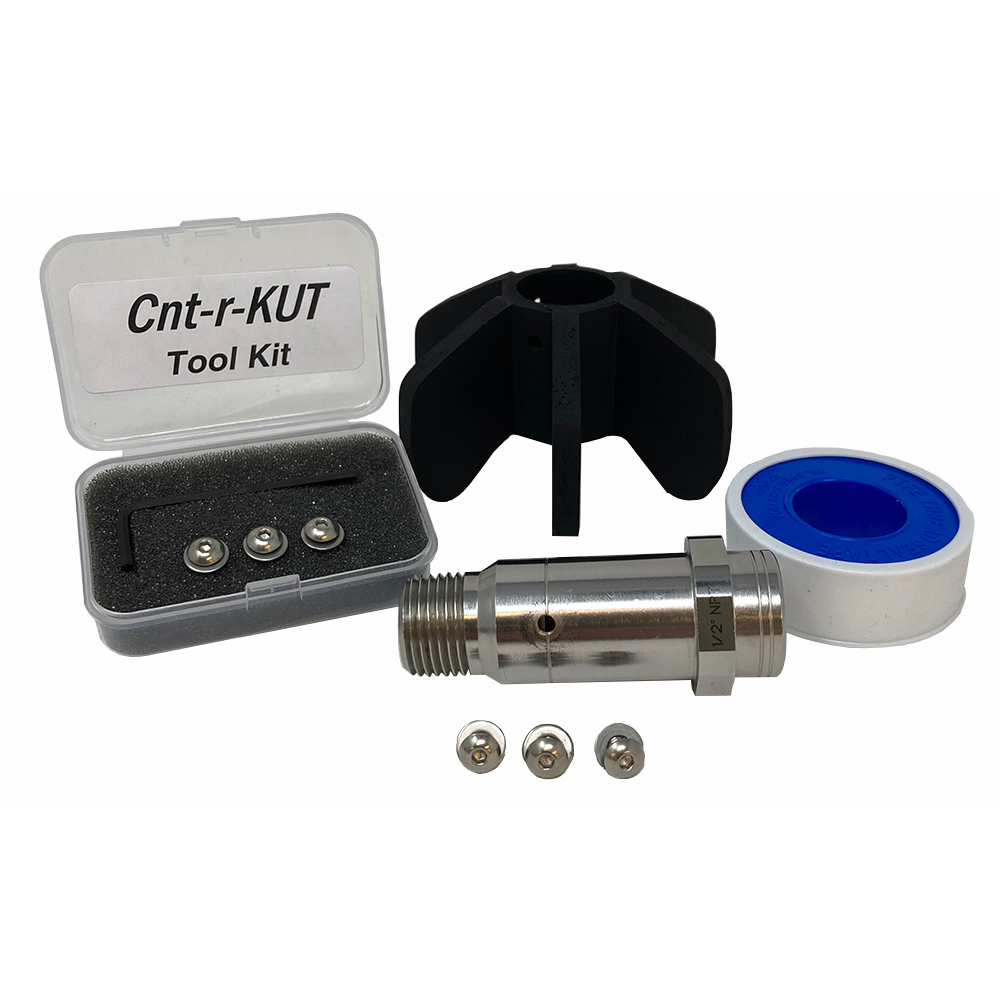Vent tube selection for bottle filler equipment depends primarily upon the specifications to fit the filling equipment, yet these specifications might differ from the original set of tubes supplied by the equipment manufacturer.
Production issues related to bottle filling often involve the vent tube or the spreaders. Selection of the base material for the vent tube is an important part of the process. Arthur Products can fabricate vent tubes out of a variety of different polymers or stainless steel and offers these guidelines for purchasing agents who need to order a new or replacement set of vent tubes for their bottling operations.
Regulatory Compliance
The vent tube with the bottle filler fills containers with liquids destined for human consumption, or a variety of beverage types. Any material Arthur Products sources will be compliant with the agencies that determine allowable food grade materials for the country in question.
Within the U.S., all materials will meet stringent FDA regulatory requirements. Canada has its own set of regulations which in some cases can differ from FDA rulings. Any purchasing agent ordering vent tubes must let the fabricating team know the final destination. Rest assured that Arthur Products has the experience fabricating vent tubes for countries around the globe and keeps careful track of the various regulations regarding material selection. There are often buyers based in the U.S. that might be shipping to an alternate location.
Plastics
Arthur Products has its own sources for the base materials and this source categorizes all polymers according to their compliance with FDA regulations for food grade materials.
Arthur Products can take the lead recommending a particular material, or, if a customer needs a specific type of polymer for its vent tubes, be sure to ask if this will push out the delivery date. Certain polymers are only available overseas, and both shipping and availability can cause delays.
It is best to plan in advance the number and type of vent tubes required to keep operations running at full speed and to have a backup set in case of these material delays. Typically , when Arthur Products is called upon to replace vent tubes, the issue is related to wear and tear from improper use or setup.
Colors
Arthur Products can offer plastic vent tubes in half a dozen different colors. Beyond this range of six color options, if a client wishes to order additional colors, a mill run might be required for every additional shade.
Performance
The type of material used for the bottle or container is another deciding factor for bottle filler vent tube selection. For example, if filling a glass bottle, a metal tip would not be the best choice. The speed and process of bottle filling makes it highly likely that contact between a metal vent tube and a glass bottle could cause chipping and glass shards to destroy or weaken the container or contaminate the contents. Plastic is recommended for glass bottles.
Hot Fill
Certain fills will be a hotter temperature, dictating the use of a metal vent tube instead of plastic. Carbonated beverages fill at 33-35 degrees Fahrenheit. While it is true that various fillers might be able to handle cold and hot product on the same machine, certain hot fill products would benefit from a stainless steel bottle filling vent tube, which can handle a higher temperature range than plastic.
Both plastic and stainless steel vent tube varieties are designed to withstand rigorous cleaning procedures to comply with food safety regulations.
In the end, selection might boil down to user preference and/or company policy.
The team at Arthur Products will always register concern or offer alternative choices if a customer’s chosen material might not work for a given application. Try our online vent tube configurator to see which style might work best in your facility and then give us a call at 800-322-0510 to discuss it more thoroughly.





